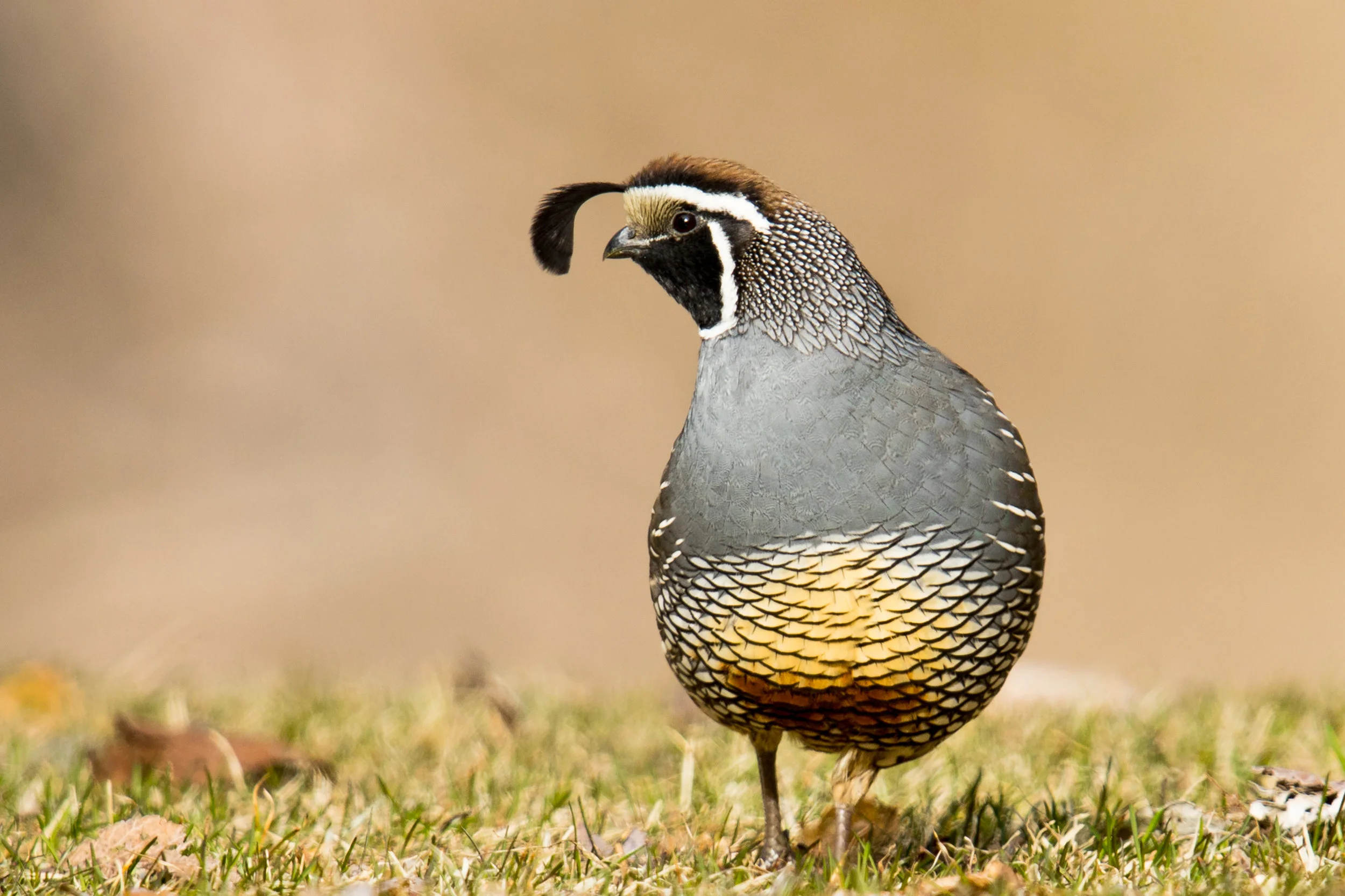A forest pigeon that also likes to come to feeders, the Band-tailed Pigeon is the closest genetic relative of the extinct Passenger Pigeon.
Every December, thousands of volunteers across North America head outdoors to count birds — helping scientists understand how our feathered neighbors are doing. The Audubon Christmas Bird Count (CBC) isn’t just a fun birding day — it’s the oldest and largest citizen science project in the world, and it depends entirely on volunteers like you.

Eastside Audubon is now accepting applications for two funding opportunities supporting local conservation and education efforts.

The Puget Sound Seabird Survey is looking for birders in King County to join this established Community Science program.

In the quiet of the woods the bubbling song of the Ruby-crowned Kinglet erupted, and the high trill of the Brown Creeper signaled its presence. The hormonal drive to breed had birds singing regardless of the weather.



















